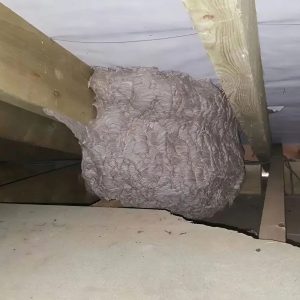Reusing old potting soil is one of the simplest
ways to make your gardening routine more
sustainable. Not only does it cut down on waste,
but it can also save you money and benefit your
plants when done correctly.
Many gardeners toss out last season’s potting mix,
assuming it’s spent and lifeless. But the truth is,
with a little care and a few easy steps, that “used”
soil can be rejuvenated into a rich, fertile growing
medium—ready to nurture your plants for another
thriving season.
Here’s how to give your old potting soil a second
life.
1. Remove Debris and Old Roots
Start by breaking up the soil and removing any
leftover roots, stems, or pieces of dead plants.
Clearing out this organic clutter not only tidies up
your mix but also helps prevent the spread of
disease and pests. A quick sift through with your
hands or a garden sieve works wonders.
2. Sterilize the Soil
Over time, soil can harbor bacteria, fungi, and
insect eggs. To give it a clean slate, sterilize it
before reuse. Spread the soil on a baking sheet
and bake it in the oven at 180–200°F (about 82–
93°C) for 30 minutes. Make sure the temperature
reaches at least 180°F to effectively kill pathogens.
Let the soil cool completely before moving to the
next step.
3. Replenish Nutrients with Compost
Old potting soil often loses nutrients after a
growing season, so refreshing it is key. Mix in
about 25–30% fresh compost by volume to
restore organic matter and beneficial microbes.
This helps boost soil fertility and improve its
texture.
4. Add a Slow-Release Fertilizer
To ensure your plants get a steady nutrient supply,
mix in a slow-release fertilizer according to the
product instructions. This addition helps keep your
plants nourished for weeks or even months,
depending on the formula.
5. Improve Drainage and Aeration
After repeated use, potting soil can become
compacted, restricting airflow and water
movement. To fix this, blend in materials like
perlite, vermiculite, or coarse sand. These
additives help create a light, well-draining structure
that roots love.
6. Test and Adjust the pH
Healthy soil depends on the right pH balance. Use
a simple soil test kit to check your mix. If it’s too
acidic, add garden lime; if it’s too alkaline, a small
amount of elemental sulfur can help lower the
pH. Aim for the range best suited to the plants you
plan to grow.
7. Store It Properly
Once your potting soil is refreshed and ready, store
it in a cool, dry place. Use sealed containers or
bags to keep out moisture and pests. Proper
storage ensures the mix stays fresh until planting
time.
Why Reusing Soil Makes a Difference
By giving your old potting mix a makeover, you’re
doing more than saving money—you’re reducing
waste, conserving resources, and promoting a
healthier garden ecosystem. Over time, this
sustainable approach not only benefits your plants
but also lessens your environmental footprint.
So next time you finish a planting season, think
twice before tossing out that old soil. With just a
little effort, you can breathe new life into it—and
your garden will thank you.



